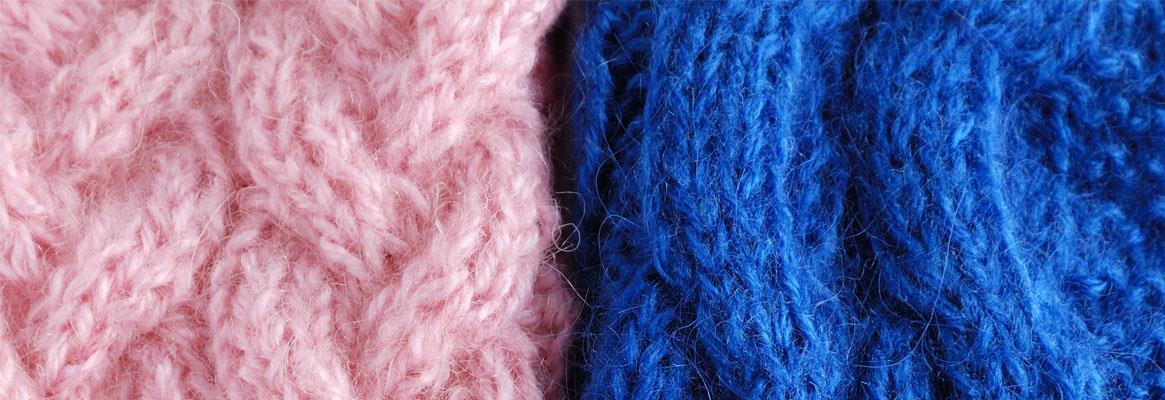Dr Bahadur Goonesh Kumar,University of Mauritius; Dr S Rosunee, University of Mauritius; & Dr M.Bradshaw, De Montfort University, UK
With the rising ubiquity of a widerange of electronic devices (smart phones, tablets, laptops) and theelectromagnetic (EM) waves associated with them, it is becoming increasinglyimportant that cost effective and versatile EM shielding technologies bedeveloped. The two major problems associated with EM waves are that theydestructively interfere with radio and wireless communications and they canpotentially have an adverse effect on human health. Interference owing to EMwaves can have serious consequences, both material and financial, for keynational electronic installations, affect communication with the outside world andresult in loss of economic opportunities.
Metal sheets are considered to bethe best material for electromagnetic shielding as these are highly conductiveand reflect the EM waves. However, metals are expensive, heavy, sensitive totemperature changes and are not flexible. Textile materials are well known fortheir fineness, flexibility (ability to conform easily to three-dimensionalshapes) and relatively cheap. By integrating electrical conductive yarn intothe structure of the fabric, the latter becomes electrical conductive andtherefore can be used as EM shielding material. In this study, differentknitted structures were produced using 100 per cent cotton and electricalconductive yarns and their ability to shield against EM waves in the frequencyrange of 400 to 1100 MHz were investigated.
In this work, electricalconductive yarns were plated with conventional textile yarns through knittingand the knitted structures generated have been investigated for their EMshielding efficiency. The 'hybrid' knitted structures made of 100 per centcotton yarn and electrically conductive yarn produced different surfacetextures and therefore, different knitting structures were used, namely 1x1plain ribs with plaiting, 1x1 plain ribs with horizontal stripes and Fair-Isle.Single and double-bed hand knitting machines, gauge 5 and 7 dpi, were used toknit the set of fabric samples mentioned above.
1x1 plain ribs with plaiting and1x1 plain ribs with horizontal stripes
Fair-Isle samples knittedon a single bed machines
The cotton yarn used had a linear
density (count) of 36.5 tex (g/km).
Several strands of the cotton yarns were used together to knit samples
with good handling properties. The electrical conductive yarn has six plies and
each ply has 29 filaments with a nano-coating of silver and having an
electrical resistance of 4 Ohms per 100 mm and a count of 96 tex.
It was found that braiding several
ends of the electrical conductive yarn together reduced the electrical
resistance that improved conductivity and hence, improved the EM shielding of
the knitted fabrics. Therefore, an additional set of samples was also knitted
on a 5-gauge machine with two ends of the electrical conductive yarn and seven
strands of the cotton yarn. Several tests were further carried out on all
knitted samples. All samples had different properties in terms of weight,
thickness, tightness factor, fabric density and electrical resistance that were
found to be a major contributor towards creating a good shielding.
For samples knitted in 1x1 plain
ribs with horizontal stripes, the number of courses for the stripes knitted
with electrical conductive yarns varied from sample to sample. It was also found that by using two ends of
the electrical conductive yarn instead of one, made the fabrics thicker, and
increased the fabric density and the specific weight of the knitted fabric
increased in comparison with those fabrics knitted with only one end of the
electrical conductive yarn. In addition, the electrical resistance of the
knitted fabrics also decreased by 82.3 per cent while comparing the results
obtained from samples knitted with one and two ends of electrically conductive
yarns. When using the Fair-Isle knitting technique, different patterns like
check board, diamond, cross motif and diagonal lines were generated. All
samples in this category were knitted on a single bed domestic knitting machine
and the patterns were created using punch cards. From the range of knitted
fabrics produced, it was found that the electrical conductive yarn could easily
be used for knitting light weight, soft and flexible fabrics.
 A Faraday cage was
specially designed and used to measure EM shielding for all knitted fabrics.
Following testing, it was found that the set of samples knitted on 1x1 plain
ribs shielded better than samples knitted in stripes. For example, at power
input of 30 dBm, it was found that 1x1 plain ribs samples (knitted on a 7 gauge
knitting machine) provided excellent EMSE of above 95 per cent at 500, 600, 700
and 800 MHz. Since the electric polarization of EM field is perpendicular to
the magnetic polarization, it was found that samples knitted in stripes
shielded better after a 90? clockwise rotation, with EM shielding reaching
above 93 per cent at 500, 800 and 1000 MHz, at power input of 30 dBm. In
contrast, before rotation, the highest EMSE result recorded was only 1100 MHz
with 84.45 per cent at same power input.
A Faraday cage was
specially designed and used to measure EM shielding for all knitted fabrics.
Following testing, it was found that the set of samples knitted on 1x1 plain
ribs shielded better than samples knitted in stripes. For example, at power
input of 30 dBm, it was found that 1x1 plain ribs samples (knitted on a 7 gauge
knitting machine) provided excellent EMSE of above 95 per cent at 500, 600, 700
and 800 MHz. Since the electric polarization of EM field is perpendicular to
the magnetic polarization, it was found that samples knitted in stripes
shielded better after a 90? clockwise rotation, with EM shielding reaching
above 93 per cent at 500, 800 and 1000 MHz, at power input of 30 dBm. In
contrast, before rotation, the highest EMSE result recorded was only 1100 MHz
with 84.45 per cent at same power input.
The use of two ends of electrical
conductive yarn made the knitted fabric thicker, heavier and more conductive.
It was expected that the knitted samples would show better shielding across all
frequencies. However, these knitted fabrics provided good shielding only at
specific frequencies such as 500, 800 and 1000 MHz with EMSE reaching above 92
per cent, with power input of 30 dBm.
For all knitted fabrics, EM
attenuation may be attributed to reflection and absorption owing to the
presence of electrical conductive yarns. No shielding took place when the EM
waves penetrated the stripes knitted with the cotton yarns only; as studies
have shown that cotton does not shield EM waves. Moreover, for samples knitted
on a double bed knitting machines, it was assumed that the EM waves may be
attenuated by both sets of loops within the fabric.
All samples knitted using the Fair-Isle knitting technique provided good shielding at specific frequencies with different power inputs before and after rotation. Since the structures on the reverse side of the Fair Isle samples were different, EMSE measurements were also carried out on the reverse side of each knitted sample. As the power inputs increased from 10 to 30 dBm, it was interesting to note that with fabrics knitted on a single bed, the shielding performances of all knitted fabrics in this category also increased slightly (between 0.1 up to 10 per cent). However, as compared with the EMSE results obtained with double bed knitted fabrics, a decrease in shielding was noted as the power inputs increased from 10 to 30 dBm.It was noted that layering together of two similar fabrics knitted in Fair-Isle did not produce any significant improvement in the EMSE.





_Small.jpg)


